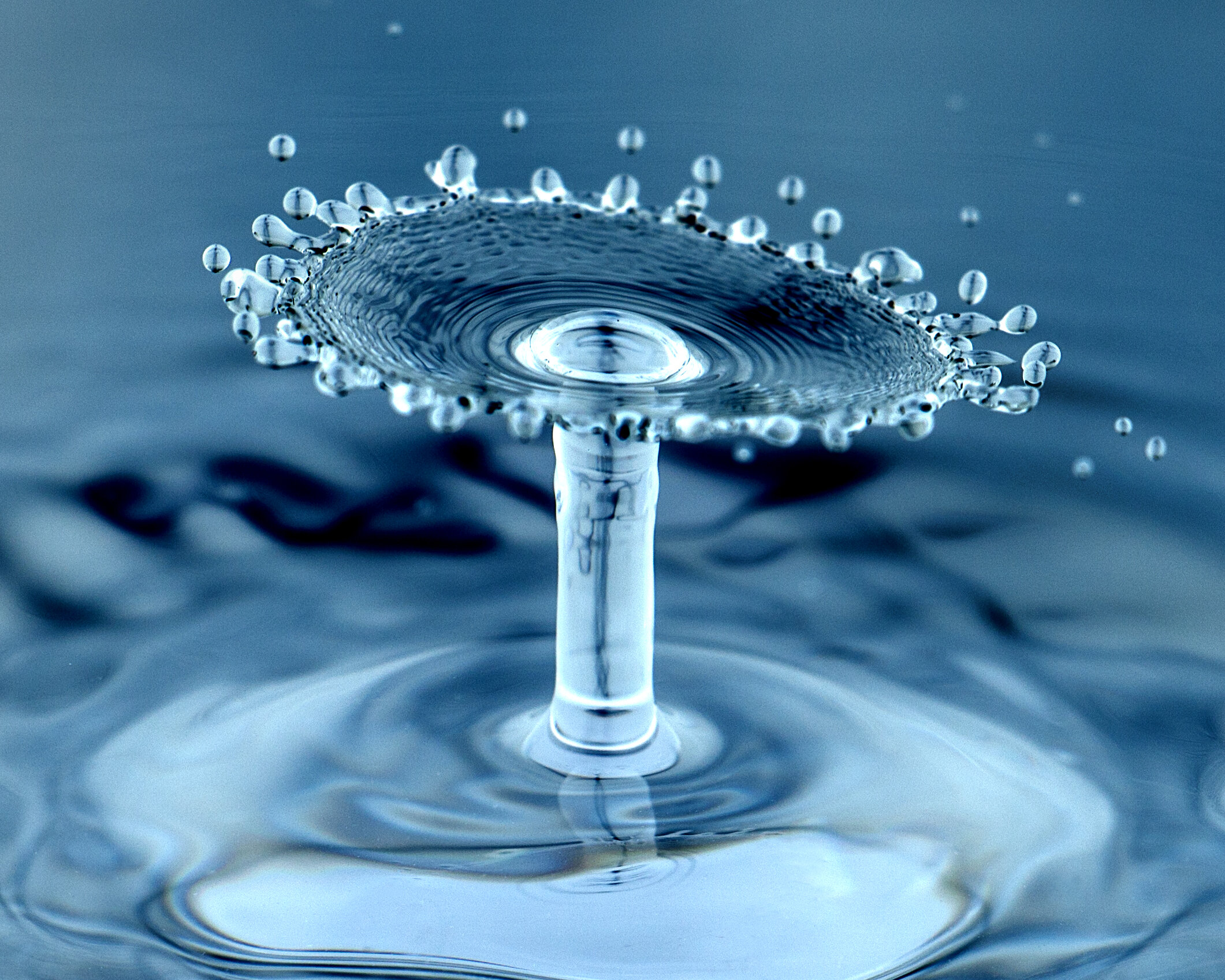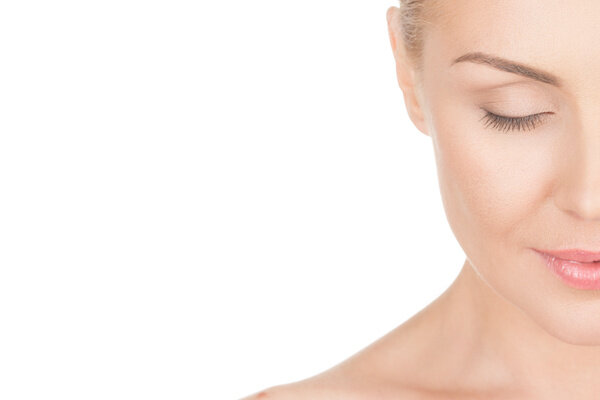Looking in the mirror, you may have noticed that your skin needs help. You see blackheads, whiteheads, rough and/or oily patches, and dullness. No amount of washing, serums, or physical exfoliation seem to alleviate the issues. This is usually a key sign that your skin could use extra attention.
That attention can be given by booking a Hydrafacial treatment. Many issues can be addressed depending on your skincare concerns. You may be asking, how is a Hydrafacial different from normal facials? This is a great question. A Hydrafacial initially focuses on extraction. According to hydrafacial.com , the facial is a 3 step process, takes 30 minutes, and will give you the best skin of your life! The company uses patented technology to deeply cleanse, extract, and hydrate the skin, with options of different serums to address specific skin care concerns. The process can be personalized!
It starts with cleansing and exfoliation. This is a very comfortable process, and the idea is to reveal a new layer of skin. Instead of dermabrasion, Hydradermabrasion is used, with a tool that is described as a gentle handheld suction tool. The suction is used to remove impurities from your pores, such as excessive dirt and oil, as opposed to blasting or aggressive squeezing. The suction also stimulates circulation, which helps create a beautiful glow to the skin’s surface.
During the Hydradermabrasion process, your choice of serums are infused into the skin at the same time the dirt and debris are sucked out. But again, it is a very comfortable process. The booster serums you can choose from are as follows:
• Growth Factor Boost: Growth factors are naturally occurring proteins, which maintain healthy skin structure and function. This boost is specifically designed to diminish fine lines and wrinkles.
• Dermabuilder Boost: Key ingredients Acetyl octapeptide-3 and palmitoyl dipeptides-5 – skin conditioning peptides — address fine lines, skin tone, texture, and the overall evenness of the skin.
• Brightalive Boost: Hydrafacial’s Skin Brightening Complex is a unique blend of skin brighteners that are designed to block the production of pigmentation. The unique complex consists of Ogliopeptide-68, Nanopeptide-1, Diglucosyl Gallic Acid, and N-Acetyl Glucosamine, and also contains glycerin. Glycerin restores hydration.
• Britenol Boost: This formula targets dark spots and areas with sun damage. It is clinically proven to create a more even complexion with the following ingredients: Alpha-Arbutin (derived from bearberry extract), and vitamin C. Vitamin C is an antioxidant that also helps to lighten and brighten the skin.
With so many options, a Hydrafacial is literally for every skin type! Your skin will be plump and hydrated immediately after, and is perfect before special events as there is zero downtime. Dark spots and pigmentation will continue to diminish with regular treatments. Results are noticeable for up to a week, and treatment is recommended every 3-6 weeks to address ongoing issues and concerns.
Have more questions, or would like to book an appointment? Call 720.236.7541 and ask for Heather!





